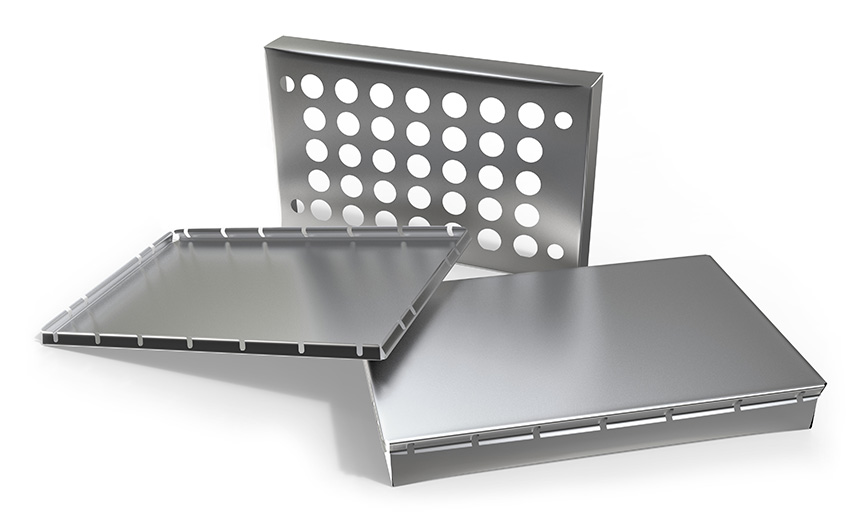EMC Question of the Week: February 3, 2020

Which shielding material is unlikely to be a good choice for helping to meet a conducted emissions specification?
- aluminum
- copper
- mumetal
- all of the above
Answer
The best answer is "c". Mumetals are ferromagnetic alloys that come in many compositions. Their main selling point is very high relative permeability at very low frequencies. At conducted emissions measurement frequencies (e.g. above 150 kHz), mumetals are just conductors similar to aluminum or copper. The fact that mumetal shields are much more expensive than aluminum or copper shields makes them a poor choice for applications at these frequencies.
It's tempting to choose "all of the above," because many products are designed to meet conducted emissions specifications with no shielding at all. Nevertheless, conducted emissions at MHz frequencies are often the result of electric-field coupling from a switching circuit. Many times a strategically-placed electric-field shield is the best way to meet both component placement and conducted emissions requirements.
Note: Magnetic-field coupling can also be responsible for conducted emissions at MHz frequencies. In this case, any shielding would still be done with conductive materials like aluminum or copper. Magnetic fields won't penetrate good conductors of any reasonable thickness at MHz frequencies.
Have a comment or question regarding this solution? We'd like to hear from you. Email us at
